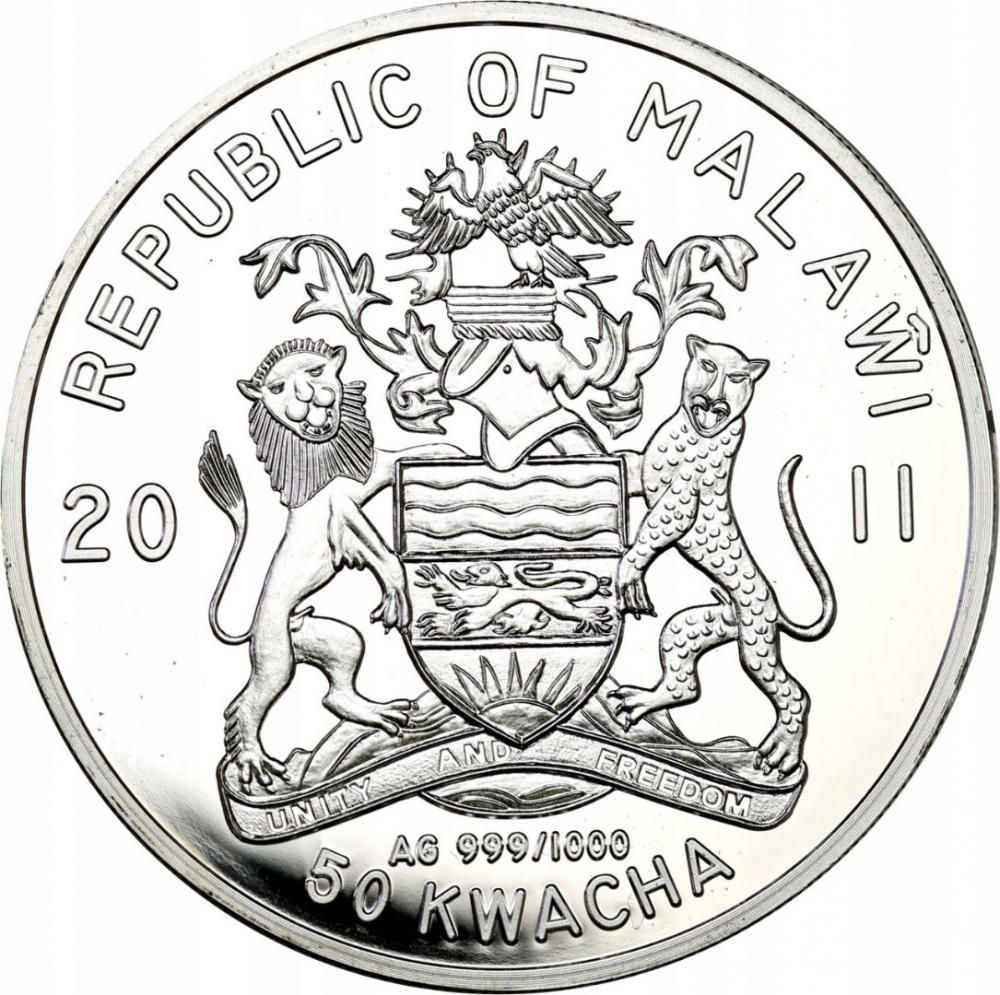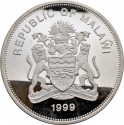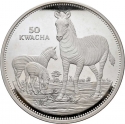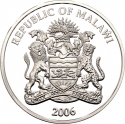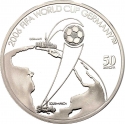You are about to finish your registration. Please check your mailbox (including spam folder). There should be a letter with a confirmation link. Check setting to make sure that your e-mail address is correct.
Send letter againDescription
The Vostok spacecraft, developed by the Soviet Union, was a class of single-pilot crewed spacecraft that played a crucial role in space exploration. The first human spaceflight, Vostok 1, took place on April 12, 1961, with Yuri Gagarin becoming the first person to orbit Earth. The Vostok program conducted six crewed missions between 1961 and 1963, after which it was succeeded by the Voskhod and Soyuz programs. The design of Vostok was dual-purpose, serving both as a platform for human spaceflight and as the basis for the Soviet Union’s first spy satellites, a factor that helped gain support from Soviet authorities.
The spacecraft itself consisted of a spherical descent module, housing the cosmonaut and equipment, and a biconical instrument module containing the propellant and engine systems. The cosmonaut would eject from the capsule at 7,000 meters during reentry and parachute to the ground, as the descent module made rough landings. Despite its success, the Vostok system had limitations, particularly its lack of control during reentry and the inability to fully ensure crew safety in early launch stages. Nonetheless, Vostok remains a historic achievement in space exploration, culminating in key milestones such as Gagarin's flight and Valentina Tereshkova becoming the first woman in space.
Obverse

|
Depicts the coat of arms of Malawi dividing the date, country name in Chichewa above, metal, purity and denomination below. REPUBLIC OF MALAŴI |
|---|---|
Reverse

|
Depicts a vibrant, multicolored portrait of Yuri Gagarin in a red Vostok 1 spacesuit, waving to the crowd as he exits the launch cabin. To the left, the Vostok 1 spacecraft is shown launching with flames beneath it, while rays fill the background. The launch and issue dates are displayed along the rim on the right side. 1961-2011 |
| Edge |
